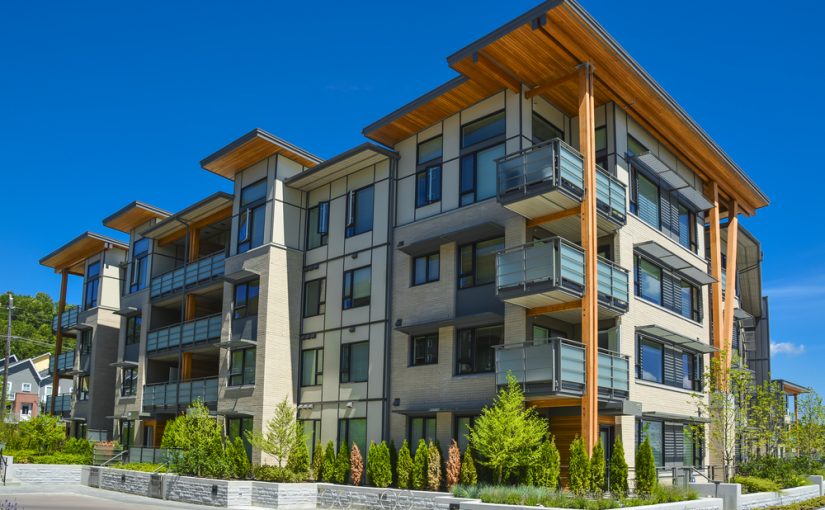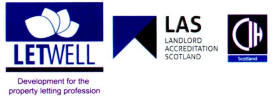If you’re a first-time buyer looking to purchase a property, then you’ll almost certainly be aware of the Help to Buy scheme and its success in helping people get onto the property ladder. What you may not be aware of is how the scheme works, and how it helps buyers to secure deposits for homes that would otherwise be out of their reach.
With that in mind, we’ve put together a rough guide to how Help to Buy works.
Can you get a sufficient deposit together?
Most standard mortgages require a deposit of at least 5% of the value of the home you want to purchase. If you are able to get the capital required, then you may not need to apply for any scheme.
Equity Loans
If your deposit doesn’t stretch that far, however, never fear! This is where Help to Buy Affordable New Build Scheme comes in. If you have a 5% deposit, you can apply for an equity loan for purchasing new-build properties. The Government will lend you up to 15% of the property’s price, and there is no interest to pay.
For example, should you purchase a £200,000 house, you’d pay £10,000 (5%), get a mortgage for £160,000 (80%) and the Government would loan you the remaining £30,000 (15%).
This scheme is open to first time buyers and existing home owners. For more information tap here: https://www.mygov.scot/help-to-buy/how-it-works/
ISAs
If you’re still saving for that all-important deposit, then a Help to Buy ISA is available to you, with the Government adding 25% on top of the value of your savings (up to £3,000) with up to 2.6% interest tax-free. A word of caution; if you’re considering this option, then you would need to apply for your ISA prior to 30th November this year. Click here to learn more.
Shared Ownership
If you can’t stretch your finances to be able to afford the entirety of a mortgage, Shared Ownership provides you with the opportunity to buy a share of your home (between 25% and 75% of the property’s value) whilst paying rent on the remaining share. You can also buy bigger shares in the property once you’re able to, offering you flexibility for the future whilst owning a significant stake in the home you wanted.
Purchasing a home doesn’t have to be beyond any first-time buyer. Speak to our financial experts about your Help to Buy options and find out how you can finally buy the property of your dreams.







